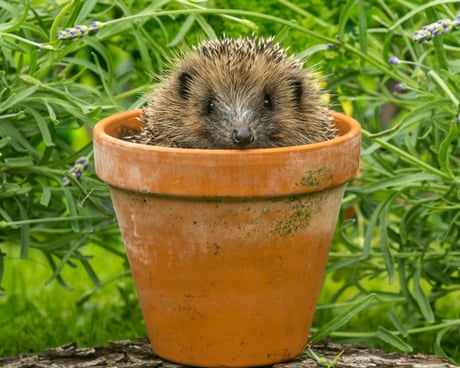Larry: A New Biography of Lawrence Durrell by Michael Haag review – a Mediterranean life
This unfinished biography evokes Corfu and Alexandria – but leaves disturbing questions unanswered
Spirit of Place is a collection of minor travel pieces published by Lawrence Durrell in 1969. “Spirit of Place”, though, could easily serve as a descriptor for the entire arc of Durrell’s literary output: Prospero’s Cell (1945), an account of three years spent on Corfu before the second world war, the Cypriot memoir Bitter Lemons (1957), and the career-making Alexandria Quartet (1957-60). The islands and littorals of the Mediterranean gave Durrell his subject, remade by him into a theatre in which men and women, displaced by the political and social violence of the mid-20th century, stumbled towards each other amid the ruins of ancient civilisations.
It feels right, then, that this biography of Lawrence Durrell, only the second major one since his death in 1990, is by Michael Haag, who spent his career writing about the eastern Mediterranean. Haag’s best book was Alexandria: City of Memory (2004), which drew on the writings of Cavafy, EM Forster and Durrell to reconstruct the polyglot culture of the Greek, Italian, Jewish and Arabic population that flourished for centuries on the shores of north Africa. By the time of his own death in 2020, Haag had completed this biography of Durrell up to the year 1945, and the decision was made to publish posthumously. The result reads like an abbreviated account of Durrell’s life rather than an amputation: despite not becoming a significant literary figure until 1957, most of Durrell’s formative experiences had taken place by the time he left the city at the end of the war.
Continue reading...
© Photograph: Bettmann/Bettmann Archive

© Photograph: Bettmann/Bettmann Archive

